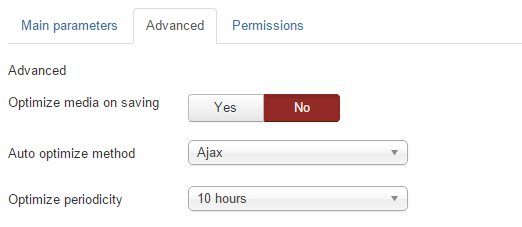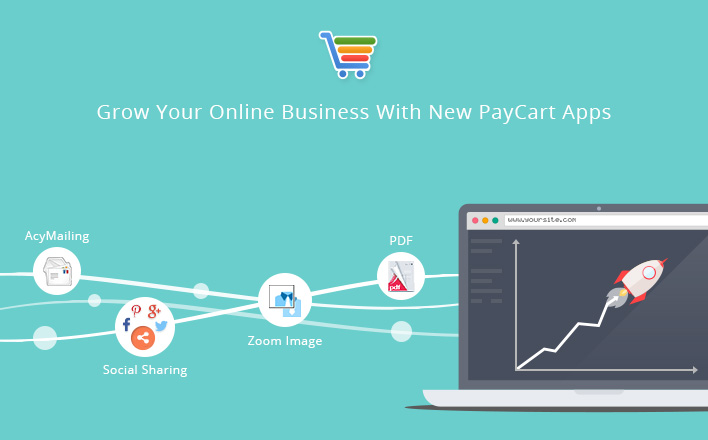How to build Multilingual Shopping Cart?
Transitioning admin experience from <u>ohh</u> to <u>aha</u>

Creating multilingual websites requires translation of two parts i.e., Interface and Content. A language switcher is also required by which customer can choose their preferred language.
Translating Interface (e.g., form field labels) is simple. You install multiple language packs, and the interface can work in multiple languages. But Translating content (e.g., article, product, blog) is not straightforward. You need to create duplicate menus pointing to same content in different languages. After that in frontend, visitor is presented menus related to current language. It requires more efforts and consistent approach, right from the start of website planning.
Let's explore an example of creating a store of 10 products in 3 languages: Hindi, French and English.
Using Joomla Core
Reference: Multilingual Website Guide
- Using Joomla core methodology you need to create 10 items in each language.
- Then you need to create menus for each item in each language.
- So you need to create 30 items and 30 menus for proper working of website.
Using Translation Extensions (Falang)
Reference: Multi-lingual Joomla Guide
- Need technical knowledge to create content element for each table which you want to translate, this will refer as DB Reference. For example, create table for each one: product, category, product attribute, etc.
- Now create translation for each content element (e.g., product) in one of your specified languages like English.
- Repeat step 2 separately for each of the languages (e.g., Hindi, French).
- Repeat steps 2 and 3 for all other content element tables like category, product attribute, etc.
- So if you have 10 products then you need to create content element of its table and all its translations.
- Additionally if table or its structure gets modified then you have to make changes in all existing data.
So Falang, JoomFish and other translating components help you to simplify the management of multilingual sites. They allow you to translate all aspects of your site element after element, language after language.
But the only drawback for this is that you need a dedicated component to manage your multilingual setup.
Using PayCart (Re-Imagined Shopping Cart)
- Simply choose language from top and translate your data.
- Auto-generated menu functionality is available for products and their categories, so no need to create menus at all.
- Believe it - simply add translations of title and all your menus get auto-translated in desired language.
Now what's better than this - If you have 10 products then you need just translations and all your products and menus get auto-translated in multiple languages.
Conclusion
We believe shopping carts should change dramatically to suit the new generation. We researched shopping carts and re-imagined the buyers and sellers experience. This experience has been woven into a brand new shopping cart called PayCart.
PayCart provides the user with an intuitive and rich experience, sticking to the important principles of making a site multilingual with minimal effort. If you have any advice to make it simpler, we are open to embracing your suggestions.

Shyam Verma
Full Stack Developer & Founder
Shyam Verma is a seasoned full stack developer and the founder of Ready Bytes Software Labs. With over 13 years of experience in software development, he specializes in building scalable web applications using modern technologies like React, Next.js, Node.js, and cloud platforms. His passion for technology extends beyond coding—he's committed to sharing knowledge through blog posts, mentoring junior developers, and contributing to open-source projects.


